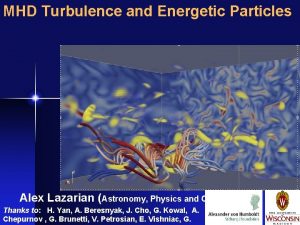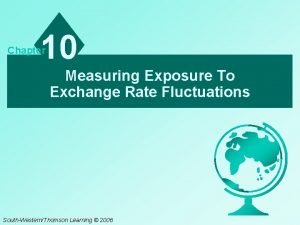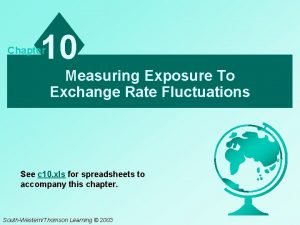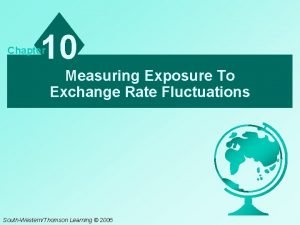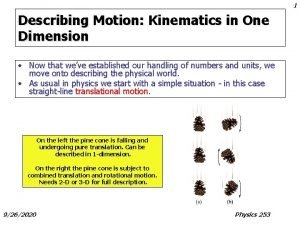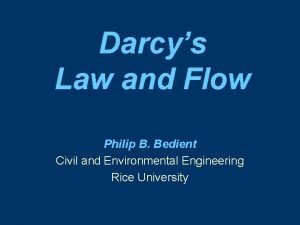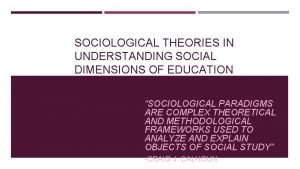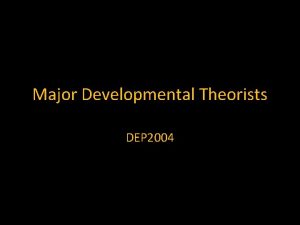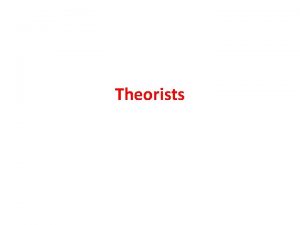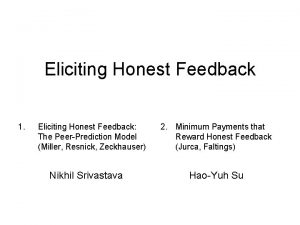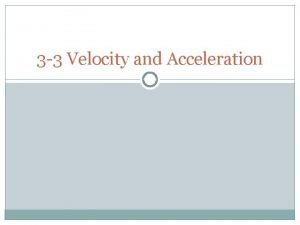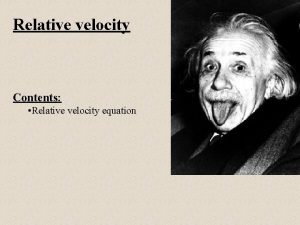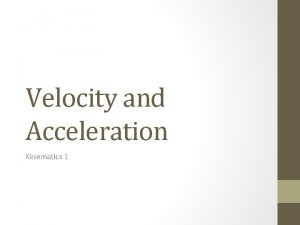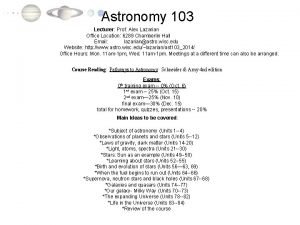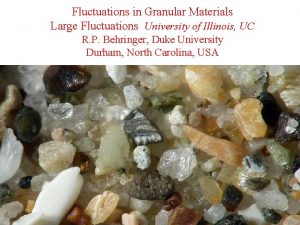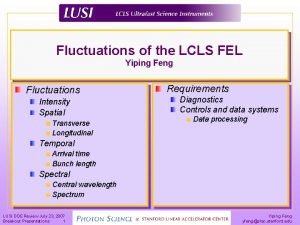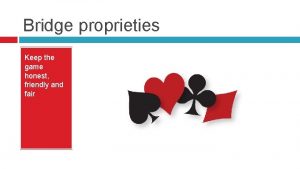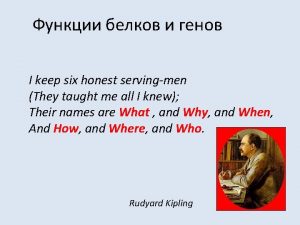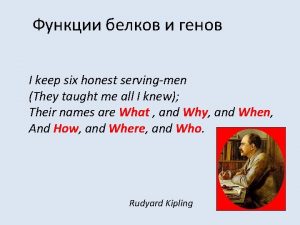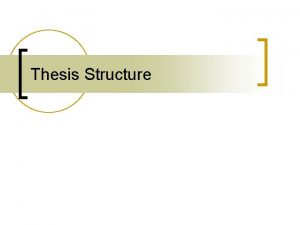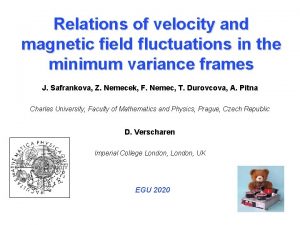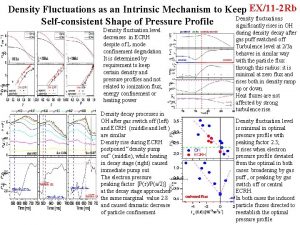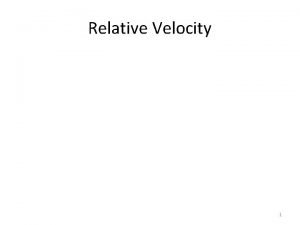Studies of Velocity Fluctuations Keep Theorists Honest Lazarian























- Slides: 23

Studies of Velocity Fluctuations: Keep Theorists Honest! Lazarian A. UW-Madison, Astronomy and Center for Magnetic Self-Organization in Laboratory and Astrophysical Plasmas Collaboration with Pogosyan D. (Univ. of Alberta) Chepurnov A. (UW-Madison) Beresnyak A. (UW-Madison)

What I am going to say • Critical remarks: “What is our future? ” • Possible models of TSAS • New quantitative techniques to study velocity spectra.

Chaotic order and Re number • For turbulence Reynolds number Re = VL/n > 10~100 * inertial vs. viscosity term Re ~ 15, 000 Da Vinci’s view Re=40 Re=10000

Challenge: Turbulent ISM Re ~VL/n ~1010 >> 1 n ~ r. Lvth, vth < V, r. L<< L Pc scales Is there any hope for progress? Numerics will not get to such Re in foreseeable future. Flows in ISM and computers are and will be different! Computational efforts scale as Re 4!!! Currently max Re of order <104

Is Visual Correspondence Enough? NSF reviewer: ”The proposed work is in danger of being criticized for studying artificial situations that isolate particular physical concepts” Synthetic observations M=10 Emission Nebulae MHD 5123 0 max Beresnyak, Lazarian & Cho 05

Revealing Order: Turbulence Spectra and Correlations v( r ), … Fourier analysis of correlations = + correlations C~<(v 1 -v 2)2> ~ rm m=2/3 for Kolmogorov model E(k) + …. k-n <…> is averaging Dk n=5/3 for Kolmogorov model Spectrum : E(k) ~ k-n

Electron density spectrum A Rare Quantitative Example Slope ~ -5/3 We shall deal with relatively large scales using a velocity info Electron density fluctuations trace of turbulence only at small scales. No reliable info for large scales pc AU Armstrong, Rickett & Spangler(1995) “Big power law in the sky” is cited a lot because there are no other good examples

Shallow Density in Supersonic MHD Turbulence Fluctuation of density at scale k Density contours for > 25 mean density Spectrum gets flat at M=10, thus the fluctuations grow as scale gets smaller E(k) Beresnyak, Lazarian & Cho 05 A possible way to create TSAS M=10 v MHD 5123 log k

B MHD Turbulence in Partially Ionized Gas: New Regime For partially ionized gas viscosity is important Long filaments of density Cho & Lazarian 03 while resistivity is not MHD turbulence does not stop at the viscous scale in partially ionized gas but creates a ~0. 3 pc in WNMmagnetic cascade up to decoupling scale Lazarian, Vishniac & Cho 04 . E(k) Resistive scale is not L/Rm, but L/Rm 1/2 Density filaments k Beresnyak & Lazarian 06 Length of filaments is large scale, may be related to TSAS Cho, Lazarian Vishniac 02

Formation of Density Structures in Viscous Turbulent Flow Magnetic field in viscous fluid compresses density Projected density: MHD simulations 5123 Beresnyak & Lazarian 06 Small scale slowly evolving structures overheating of ISM is not a problem

Generation of Slab Alfvenic Turbulence by Cosmic Rays How do cosmic rays modify compressible MHD turbulence? Turbulent compressions of magnetic field creates compressions of cosmic rays and those create waves at Larmor radius r. L ( model by Lazarian & Beresnyak 06) Instability growth Predicted spectra of slab-type Alfven modes: k-1. 18 and k-1. 45

Velocity Statistics VCA and VCS: Keeping Theorists Honest 2 new techniques to recover turbulent velocity spectra VCA and VCS Velocity slice Column density y x z Velocity Channel Analysis (VCA) relates spectra of velocity slices to spectra of turbulent velocity (Lazarian & Pogosyan 00, 04) y 3 d dimension is velocity x V Modified from A Goodman PPV cube Velocity Coordinate Spectrum (VCS) relates spectra of velocity along velocity coordinate to spectra of turbulent velocity (Lazarian & Pogosyan 00, 06)

Mathematical Setting in Lazarian & Pogosyan 00 Density in PPV (xyv) Velocity distribution Correlation function in PPV where Real (xyz) density correlation Velocity correlation

VCS: Predictions and Testing Lazarian & Pogosyan 06, Chepurnov & Lazarian 06 VCS expression: Relation of VCS to the velocity spectral index S(v) observed line Synthetic observations change of VCS slope Velocity index High resolution Low resolution Not affected by phase fraction

VCA/VCS Simulations VCA (spatial spectrum, Ny=Nz=32768) VCS (spectrum over v, Nz=32768) u= 4. 0 needed Nz: 20000 u=3. 67 needed Nz: 420000 (noisy part of P 1 filtered out) - number of points over z, assuring absence of shot-noise

VCS: Application to Real Data. VCS was tested with Arecibo GALFA data for both low and high resolution limits Resolution was decreased to test theory Data handling by Chepunov & Lazarian 06 Temperature 100 K Data provided by Stanimirovic Theory predicts suppression by a factor exp (-a. Tkv^2). Correcting for it recovers the slope and gets the temperature of cold gas.

Future Missions: Spectrum of Turbulence with Constellation X Hydra A Galaxy Cluster Chepurnov & Lazarian 06 Studies of turbulence is possible with X-rays using new missions Constellation X will get turbulent spectra with VCS technique (Lazarian & Pogosyan 06) in 1 hour

Velocity Channel Analysis (Lazarian & Pogosyan 00) Synthetic “Shallow” “Steep” density n>-3 density n<-3 “Thin” channels “Thick” channels maps tests Thin channels Thick channels (d~rm ) Velocity structure function Ps~ K-g Spectrum intensity channels “n” is the density spectral index, E~k 2 P, P~k -n , “m” is related to the velocity energy spectral index as m=-3+ , Ev~ k 2 Pv, Pv~k Application of VCA to SMC Spectra shallow than Kolmogorov were obtained for velocity in Stanimirovic & Lazarian 01

VCS and VCS: Prospects Absorption lines can be used to study turbulence (extragalactic objects, Lyman alpha, supernovae remnants). Emission and absorption studies can be combined to get both density and velocity statistics for unresolved objects spectrum compression factor = 8 VCS from a single absorption line In addition: To increase velocity coverage use heavy species. Possible to separate thermal and non-thermal contributions to line width. Measure cold gas temperature. Use of entire 3 D PPV cubes is promising! Emission lines with self-absorption LP 04, 06 (applications: HI, CO 2 etc. ) New asymptotics predicted, e. g. K-3

VCS and VCA versus Centroids Definition: rs = antennae temperature at frequency n (depends on both velocity and density) rs n Centroids are OK to reveal anisotropy due to magnetic field (Lazarian et al. 01), distinguish between sub. Alfvenic and super. Alfvenic turbulence. From Esquivel & Lazarian 05 Centroids may not be good to study M>1 turbulence (Esquivel & Lazarian 05). Necessary criterion for centroids to reflect velocities is found in Lazarian & Esquivel 03

Summary Turbulence is a basic property of ISM. • Computers may mislead us unless we understand the underlying physics. • Observers should keep theorists in check. • VCS is a new promising technique. • The wealth of surveys can be used to study ISM (identify sources and sinks of energy) and test theories of turbulent ISM.

Compressible Extension of GS 95 MHD Turbulence Model Magnetic field and velocity in Cho & Lazarian 02 1. GS 95 scaling for Alfven and slow modes: Elongated Alfven eddies New computations: Beresnyak & Lazarian 06 2. Isotropic acoustic-type fast modes: Fast modes are isotropic

Does GS 95 Model Require Improvements? Incompressible turbulence shows spectrum flatter than the GS 95 model predicts. Why? Maron & Goldreich 01 Boldyrev 05, 06, poster Galtier et al. 05 Different explanations Polarization intermittency in Beresnyak & Lazarian 06 causes some flattening V and B show different anisotropies and scalings
 Example of objective in research
Example of objective in research 6 honest serving men
6 honest serving men Alex lazarian
Alex lazarian Measuring exposure to exchange rate fluctuations
Measuring exposure to exchange rate fluctuations Short run fluctuations
Short run fluctuations Measuring exposure to exchange rate fluctuations
Measuring exposure to exchange rate fluctuations Pulse frequency
Pulse frequency Exchange rate fluctuations
Exchange rate fluctuations Parents promoters apathetics defenders
Parents promoters apathetics defenders Power-interest grid
Power-interest grid Keep it secret keep it safe
Keep it secret keep it safe Darcy velocity equation
Darcy velocity equation Instantaneous velocity vs average velocity
Instantaneous velocity vs average velocity Angular quantities and linear quantities cannot be related.
Angular quantities and linear quantities cannot be related. Derivation of darcy's law
Derivation of darcy's law Initial velocity and final velocity formula
Initial velocity and final velocity formula Tangential speed
Tangential speed Speed time graph
Speed time graph Is v final velocity
Is v final velocity Minimum velocity
Minimum velocity Paradigm shift from women studies to gender studies
Paradigm shift from women studies to gender studies Conflict theorists
Conflict theorists Female child development theorists
Female child development theorists Education theorists and their theories
Education theorists and their theories


